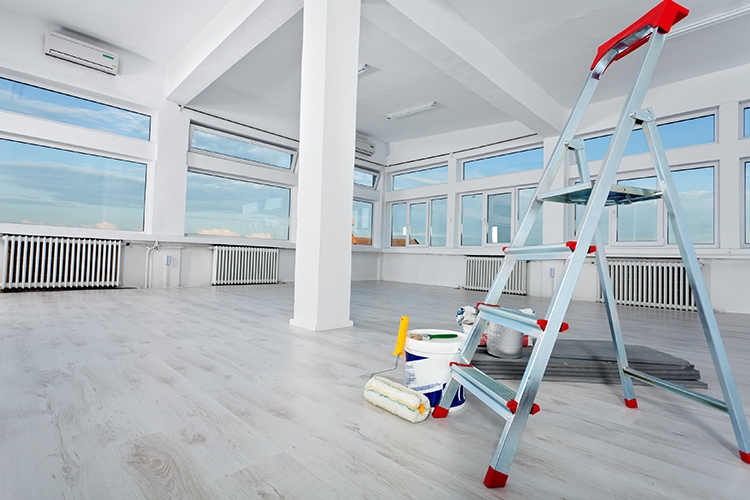Insurance policies arranged to cover improvements made to rental properties by a tenant may appear to be a relatively simple concept.
After all, a landlord can likely recognise the upgrades or improvements made to their property. However, for cover to be determined correctly, there’s more to it than the tenant simply informing their broker or insurer of the improvements value. Instances of tenants making improvements are on the rise, and so are the associated challenges — for landlords, tenants and insurers.
Who is responsible?
To better understand common issues and recurring themes related to tenant improvements, let’s explore a typical claim scenario. Consider a tenant who recently moved into a shopping centre and took on an empty unit. With the landlord’s approval, they decided to customise the unit, which included air conditioning, toilets, staff kitchen, decoration, flooring, partitions, doors and shop front.
The tenant insured the cost of these works (in addition to their removal) as tenants improvements or within their contents cover, which commonly includes tenants improvements. Unfortunately, a fire required the tenant’s work be redone. On review of the lease, the landlord is required to insure the premises, the definition of which is the unit as handed over. This excludes any works, additions or improvements done by the tenant. In this instance, the cover was clear and unambiguous, without overlap in responsibilities. But that’s not always the case.
Lease wording matters
A well-constructed lease will provide clear definitions of key items including the premises to be insured, insurance obligations for each party and importantly, outline the process for the tenant to gain consent from the landlord in making alterations. Often, a tenant will replace an existing item belonging to the landlord, for instance, flooring. While the tenant may have made the ‘improvement’ and incurred the costs, the original flooring ‘belonged’ to the landlord. Unfortunately, leases can often lack this clarity, and so disputes arise in relation to interpretation and application of covenants.
Ideally both tenant and landlord would refer to the specifications of the lease at the point of insurance policies and levels of cover being arranged. Often, this isn’t the case, and this can result in disputes and delays.
Evolving challenges
As claims develop, landlords and tenants may face any number of obstacles. It could be that neither thetenant nor landlord have considered the insurance obligations within the lease, including the definition of the premises to be insured when arranging cover. There could be confusion around what damage was done and whether it’s an insurance or maintenance responsibility. The value of the tenants improvements may also be in question, especially if the proposed value is high and causes one of the parties to be inadvertently underinsured — leading to further delays and disagreements.
If a lease is unclear about insurance obligations, delays occur and claims increase in terms of loss in rent, service charges and gross profit/revenue. Cover for tenants improvements can lead to complex, commonly misunderstood and contentious claims. In recent years, these claims have become more frequent given the increase in tenanted properties, turnover of tenants and the ever-evolving nature and value of improvements being made. The best way to navigate challenges related to tenant improvements cover is to lean on experts for guidance. For more information, visit our website.

